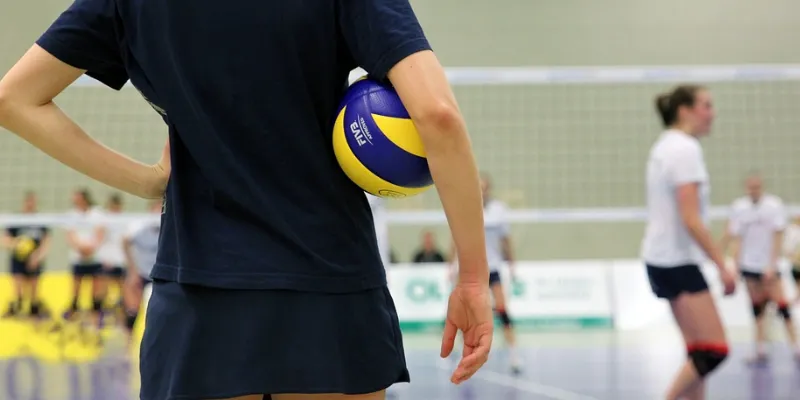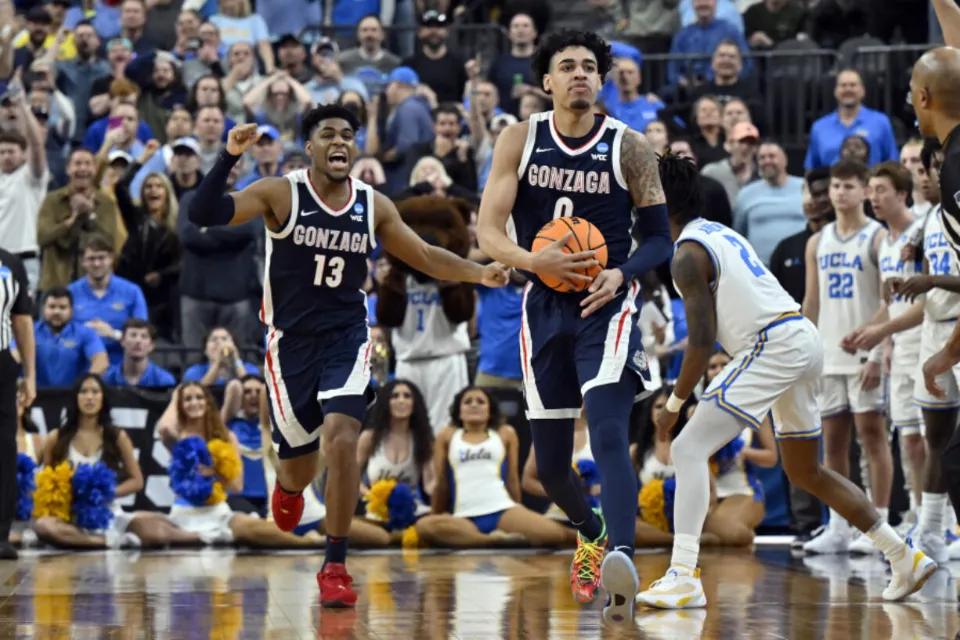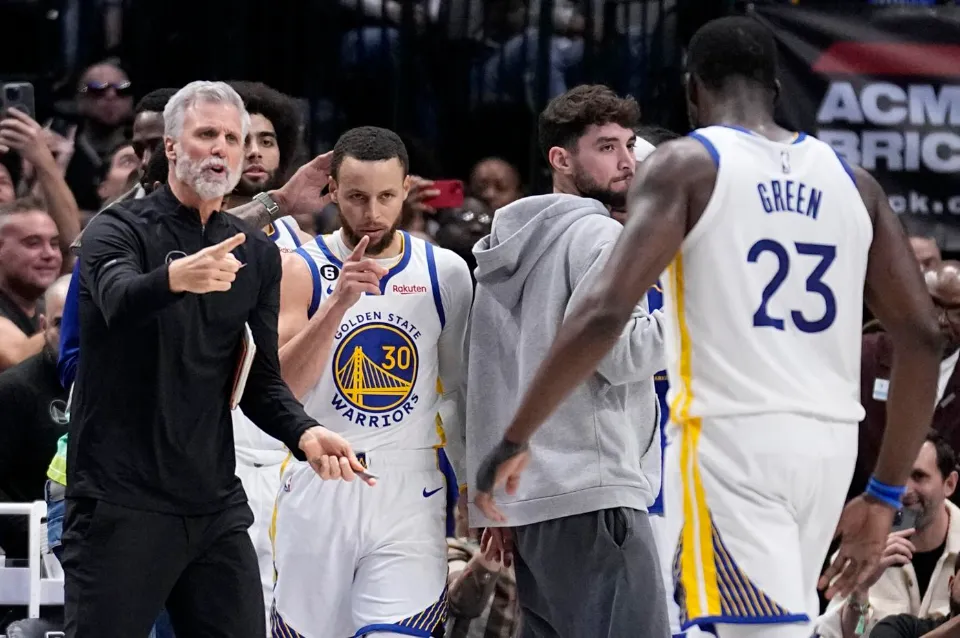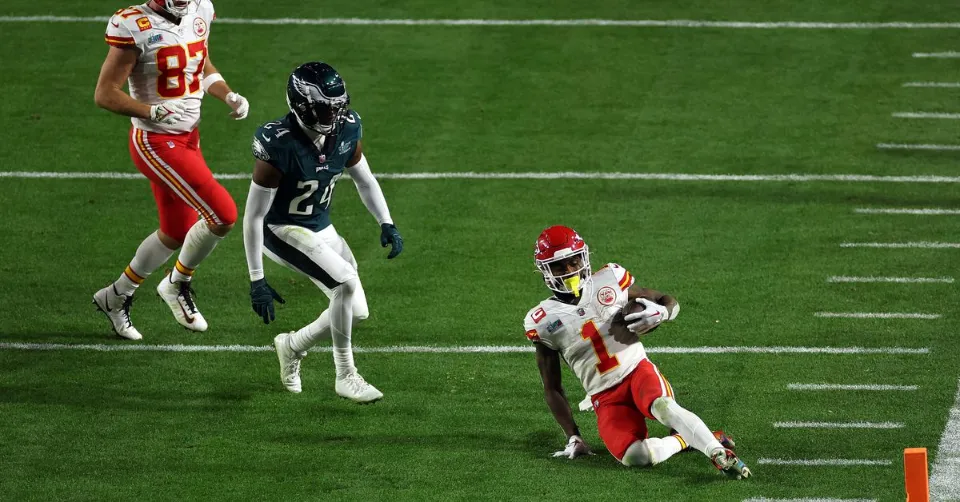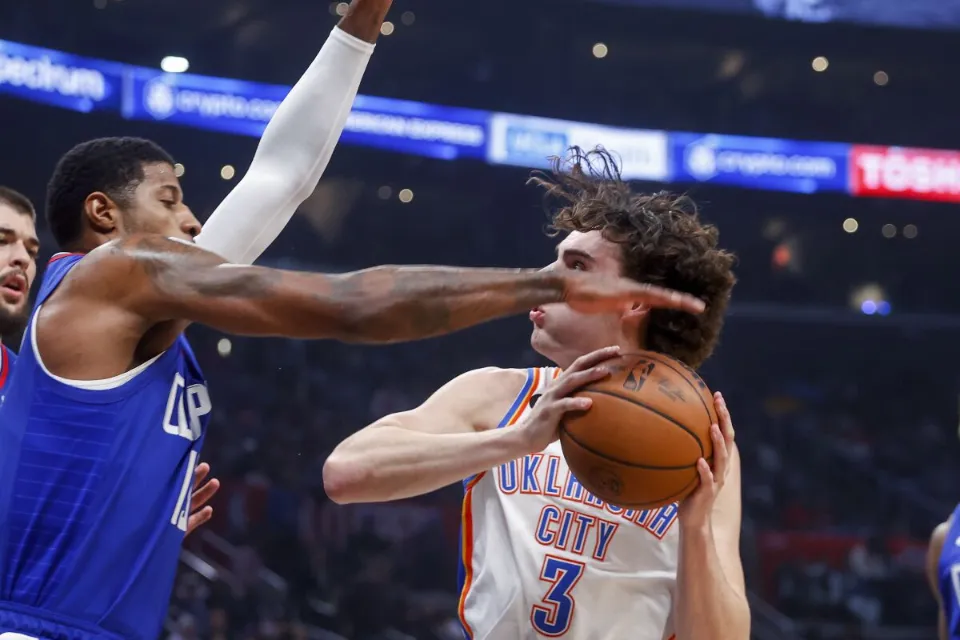Does a Block Count as a Hit in Volleyball? Let’s See
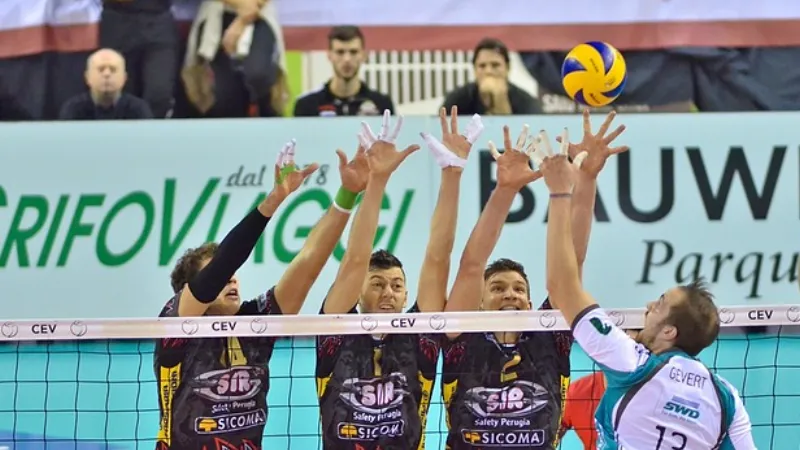
But what occurs when there is a dispute over a straightforward issue like whether a block counts as a hit? So, does a block count as a hit in volleyball?
In volleyball, a block does count as a touch. A block does, however, always count as a touch in beach volleyball. Over whether a block counts as a hit, there is some ambiguity. The information above is provided in this post.
We’ll dispel the ambiguity and show you how to follow the rules in this blog post.
Table of Contents
Does a Block Count as a Hit in Volleyball?
As penalties can result in an opponent scoring points, it is crucial to avoid them. After a block, the ball may be struck once by any player, including the one who made the block; this hit counts as the first of the three hits.
To make the best plays, pay attention to how your teammates are set up on defense. Sometimes it’s better to avoid taking a shot than to take one that might end up giving your opponent a penalty or rebound. Throughout the course of the game, keep track of how many blocks you have made; this will help you determine how well you did in stopping offensive attempts.
- A Block Does Not Count as One Hit
In volleyball, a block is not treated as one hit. The opposing team must restart their shot from where they originally received the ball if a player receives the ball and blocks it.
Locks are essential to the game of volleyball because there are only two ways for an adversary to score: by hitting the ball over the net or through the defender and into their court.
Each level of volleyball has its own rules, but no matter what level you are playing at, blocking of some kind is always necessary to give your teammate time to prepare for an attacking shot.
In a professional match, each side plays two sets with 16 blocks per side; as a result, you still have a chance to win even if you don’t make any yourself.
- The First Hit of the Ball After a Block May Be Executed by Any Player, Including the Player Who Made the Block, and is Considered the First of the Three Hits
After a block, if a player touches the ball before it goes out of bounds, they are permitted to attempt to make a shot like normal. When all players on the attacking side have touched or passed the ball and no defender stands between them and the opponent’s goal, or when any player on the defending side has made contact with an opponent who had possession of the ball prior to the block, the block is deemed complete.
A rebounder cannot be forced to stop or hold their position by an opponent after executing a block; they must instead go after rebounds in accordance with standard play rules. Any player, including the one who made the initial block, may hit the ball first after a block; this is regarded as the first of three hits in volleyball, and a point may be scored at this time just like at any other point during play.
Despite being legal according to volleyball rulebooks, hitting a teammate on purpose during such an event frequently results in penalties for both teams.
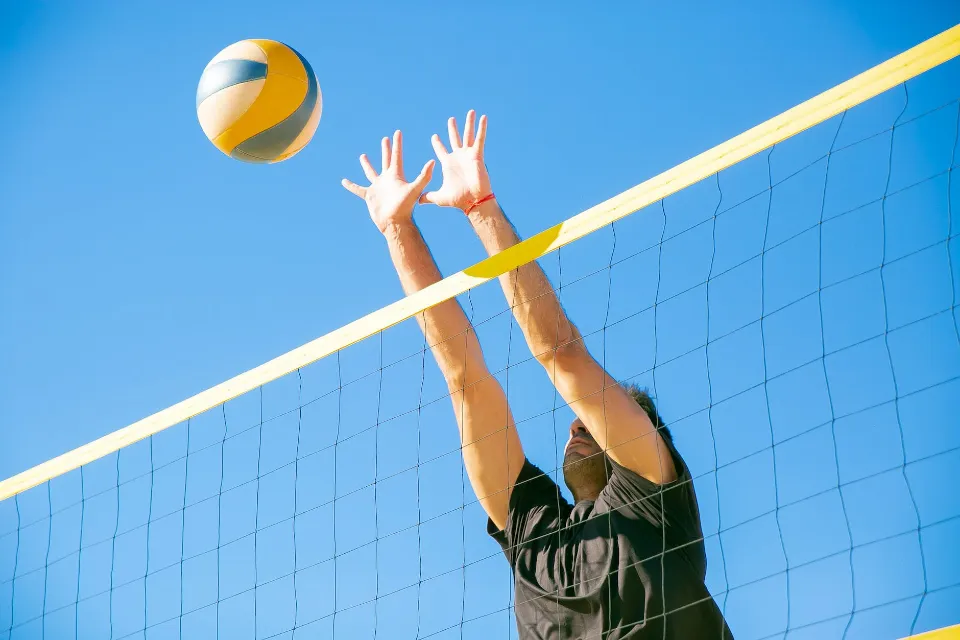
Is a Block Considered a Hit?
A block is a common tennis term that refers to hitting the ball so hard that it goes over the net and out of bounds on the side of the court where your opponent is playing.
The basic rules state that neither you nor your opponent will incur any penalties for touching a boundary line. To maintain control over where the match is played, you should always play from your starting position on the court.
Be ready to retaliate if necessary since both players count balls served outside of the court as hits.
Why Doesn’t a Block Count as a Hit Volleyball?
In volleyball, blocking an opponent’s serve does not actually constitute a hit. A simple method of preventing the opposing team from scoring is the block.
- A block is one of the three hits that a player can make in volleyball in order to get points. When you strike the ball, your hands must be above the net in order for it to be considered a part of your hit set and result in points for your team.
- Blocks are counted on the side of the opposition that was defending when the ball made contact with you. Accordingly, if you block a rival player’s shot but they still manage to serve the ball, their team will be awarded a point instead of yours.
- If your hand(s) are not above or beyond (above-the-net) at all times during play, regardless of whether another player is attempting to prevent you from making contact with the ball, then your block is not considered a hit.
Does a Block Count as a Hit in Beach Volleyball?
No, in beach volleyball a block does not constitute a hit. Indeed, beach volleyball is a sport that has the rule of three…
In other words, before the ball crosses the net and lands on the other team’s side, each team has three possible contacts with the ball.
While the third contact is meant to get the ball to the opposing team, the first two contacts are essentially used to position the ball.
The term “hit” does not, however, include a block. The rule of three states that a team has three hits available if two players collide over a ball, one player blocks the ball, and the ball then rolls to his side.
The requirement that the block be executed over the height of the net must be satisfied for a move to be deemed a hit.
In volleyball, a soft block does, however, count as a hit. This goes against the prerequisite for executing a block. In volleyball, a soft block that is made below the height of the net is regarded as a hit.
It makes sense that a block in volleyball does not count as a hit. In order to protect his team from the opposition’s potential point scoring, a player must make contact with the ball in order to block.
What Counts as a Block in Beach Volleyball?
Blocking is regarded as the first contact in beach volleyball, leaving the two-person team with two contacts total after the block. Of course, that assumes that the ball clears the net and lands on the side of the player who is blocking.
Although it might seem unfair, there is a good reason for this. It is possible for a player to block the ball, make the first contact, set the ball right for him, and then hit it for a point in beach volleyball if a block is not regarded as a hit. By establishing the rules so that a block is regarded as the first contact, this has been prevented.
High level beach volleyball matches and players are capable of doing that, despite how unrealistic it may seem. Following the block, which is regarded as the first contact, any player may make the second contact.
Although it makes sense because the player blocking is defending, multiple blocking contacts made during a single blocking action are still counted as the first contact. The following contact is considered the second contact when the ball crosses the net to the side of the blocking player.
Beach volleyball rules for coed (4 vs 4) and six-person team play differ slightly. The team has three potential contacts after the block, just like in indoor volleyball, so the block does not count as the first contact.

Can You Block a Volleyball and Then Hit It?
A penalty is assessed and one point is awarded to the opposing team if you block an out-of-bounds ball. Depending on what works best for you, you can either use your body or an arm to block the ball.
To ensure that the game is fair for both teams, make sure to call blocking fouls as necessary. While playing volleyball, be ready to meet any challenge.
FAQs
What is An Illegal Block in Volleyball?
The restriction that only players in the front row may block is a crucial one. During a play, back-row players will frequently move around and move in front of the attack line, but unless they are behind the attack line, they are not permitted to touch the ball above the height of the net. You may sometimes hear this called a “back row attack violation.”
Another restriction on blocking is not interfering with the opponent’s ability to attack by advancing past the vertical plane of the net. Now, if you watch competitive volleyball, it will seem like almost every rally has this violated. But you are allowed to penetrate the net, you’re just not allowed to block the ball before your opponent has a chance to attack it.
How Many Players Can Block in Volleyball?
In an effort to form a stronger defense, teammates may block together. You can have a maximum of three blockers active at once because only front-row players are permitted to block.
Technically, a block only counts when a blocker makes physical contact with the ball, but occasionally, the ball will ricochet or deflect and touch several blockers at once. As long as they occur all at once, multiple teammates may make consecutive touches.
How to Signal An Illegal Block?
Depending on the kind of blocking fault, a referee may use one of two different signals.
- The referee will raise both arms straight up in the air, palms facing forward, for a general blocking error.
- When a player reaches beyond the net, the referee will put a hand over the net with their palms facing the ground. This is meant to represent how the player extended and interfered with the opponent’s game.
To Recap
If your opponent blocks your ball, it counts as a hit because in volleyball a block is regarded as a hit. Serving out is when the server returns to defense after receiving a block and passes to one of his or her teammates.
Read about

